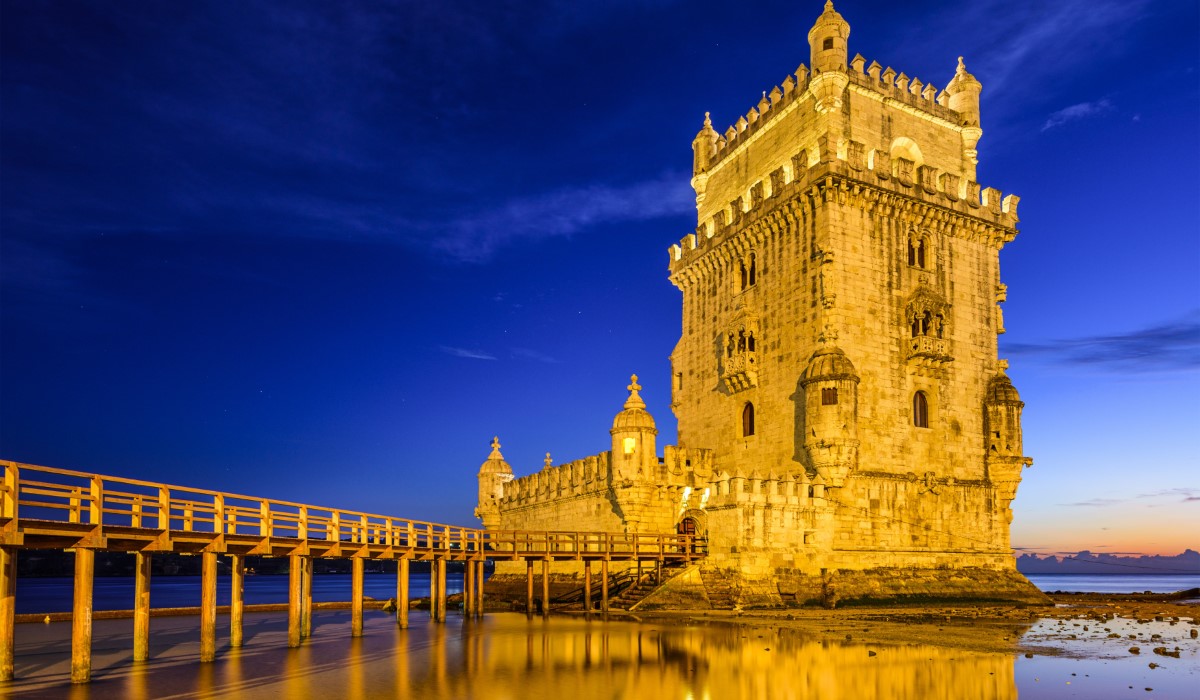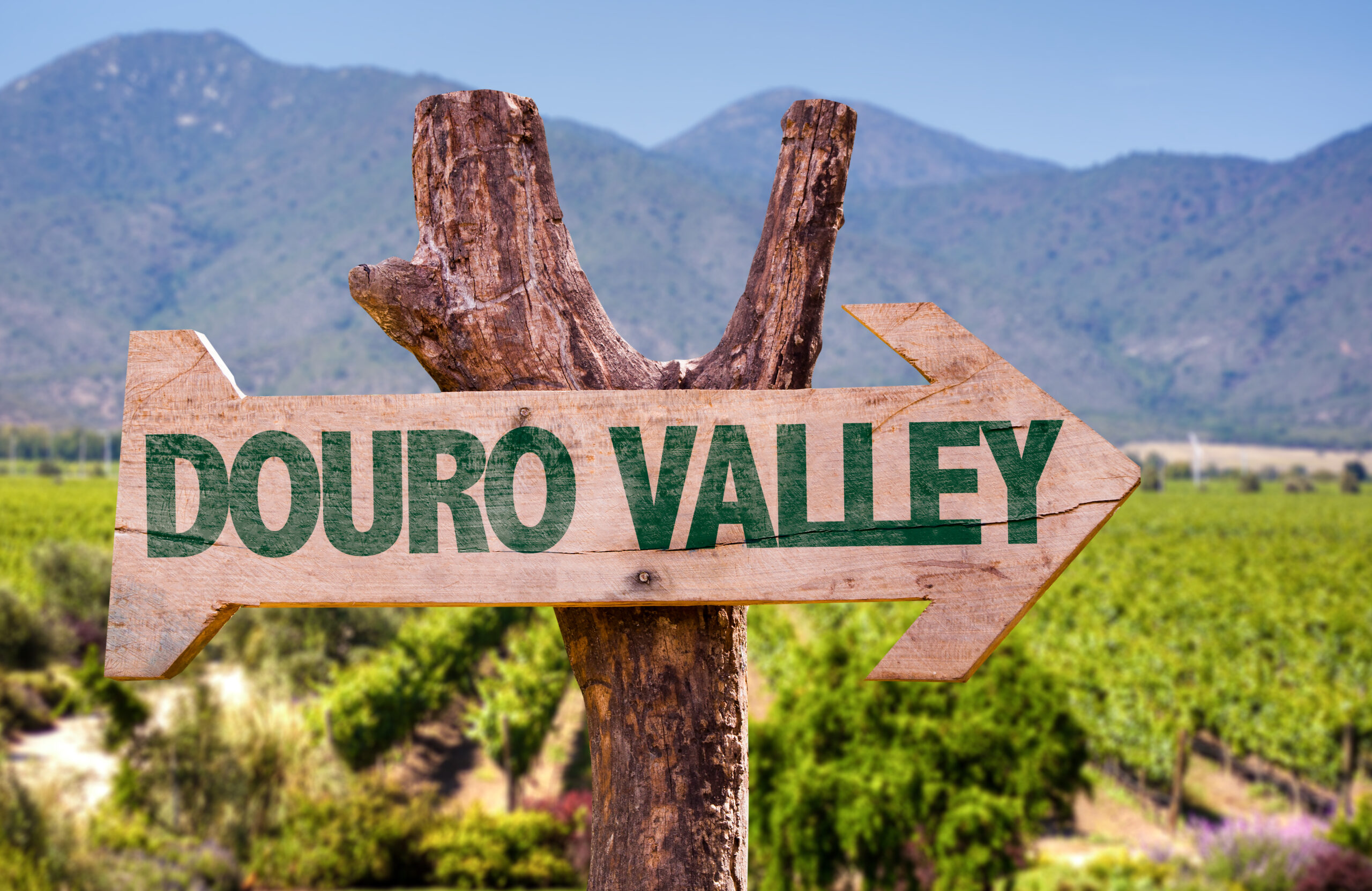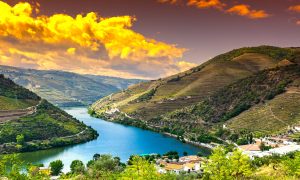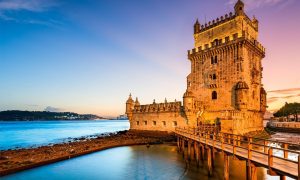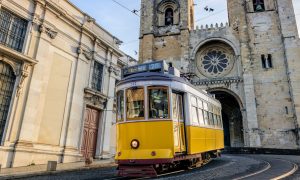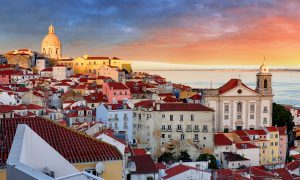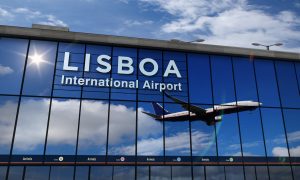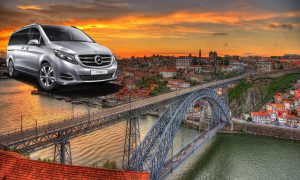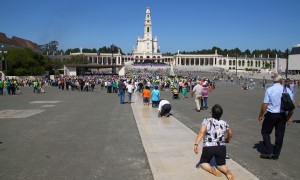The Lisbon Earthquake: A Historical Cataclysm that Shaped Portugal
On the morning of November 1, 1755, All Saints’ Day, a day of celebration and religious observance, the city of Lisbon, Portugal was struck by one of the most devastating earthquakes in history. Known as the Great Lisbon Earthquake, this catastrophic event forever changed the face of the city and had far-reaching effects on Portugal and Europe as a whole.
The earthquake, estimated to have been between 8.5 and 9.0 on the Richter scale, struck off the coast of Portugal. It was followed by a tsunami and fires, which caused further destruction and loss of life. The combined death toll from these events is estimated to be between 10,000 and 100,000, making it one of the deadliest earthquakes in history.
The earthquake struck at around 9:40 am, when churches and homes were filled with people celebrating All Saints’ Day. The initial shock lasted for about ten minutes, causing buildings to collapse and burying people under the rubble. About 40 minutes later, a tsunami hit the city’s harbor and downtown area, which was already heavily damaged by the earthquake. The waves reached heights of up to 20 meters (66 feet) and swept away everything in their path.
The destruction didn’t end there. Fires broke out across the city, fueled by cooking fires and candles lit for All Saints’ Day. These fires raged for five days, destroying what the earthquake and tsunami had spared.
The earthquake had a profound impact on Portugal’s economy and society. Lisbon was the country’s capital and its largest city, a bustling port that played a crucial role in Portugal’s global trade network. The destruction of the city’s infrastructure severely disrupted this network, leading to economic decline.
The disaster also had significant cultural effects. The earthquake struck at a time when Portugal was a deeply religious country, and the fact that it occurred on a religious holiday and destroyed many churches was seen by some as a sign of divine punishment. This led to a crisis of faith among the Portuguese people and sparked debates about theodicy – the question of why a benevolent God would allow such suffering.
In the aftermath of the earthquake, Portugal’s Prime Minister, Sebastião José de Carvalho e Melo, also known as the Marquis of Pombal, took decisive action to rebuild Lisbon. He implemented what is considered one of the first examples of modern urban planning. The city was rebuilt on a grid plan, with wider streets to prevent the spread of fires and buildings constructed according to standardized plans to withstand future earthquakes.
Pombal also took steps to prevent economic collapse. He implemented policies to stimulate trade and industry, such as abolishing guilds and reducing taxes on imported goods. These measures helped Portugal recover economically in the years following the earthquake.
The Lisbon Earthquake had a profound impact on European thought as well. It was one of the first natural disasters to be studied scientifically, leading to advances in the understanding of seismology and earth science. The disaster also influenced philosophers and writers of the Enlightenment, such as Voltaire and Rousseau, who used it as a basis for their critiques of religion and society.
Today, the memory of the Great Lisbon Earthquake is kept alive in Portugal through memorials and museums. The Carmo Convent, which was ruined in the earthquake and left in its ruined state as a reminder of the disaster, now houses an archaeological museum. The Lisbon Story Centre also features an exhibit on the earthquake, complete with a simulated earthquake experience.
Despite the devastation it caused, the Great Lisbon Earthquake ultimately led to positive changes in Portugal and beyond. It spurred advances in science, influenced philosophical thought, and led to improvements in urban planning and disaster preparedness. It serves as a reminder of the power of nature and the resilience of humanity in the face of disaster.
In conclusion, the Lisbon Earthquake was a cataclysmic event that forever changed the face of Lisbon and had far-reaching effects on Portugal and Europe. Its legacy is one of resilience, innovation, and a deeper understanding of our world. It stands as a testament to the indomitable spirit of the Portuguese people and their ability to rebuild and thrive in the face of adversity.



